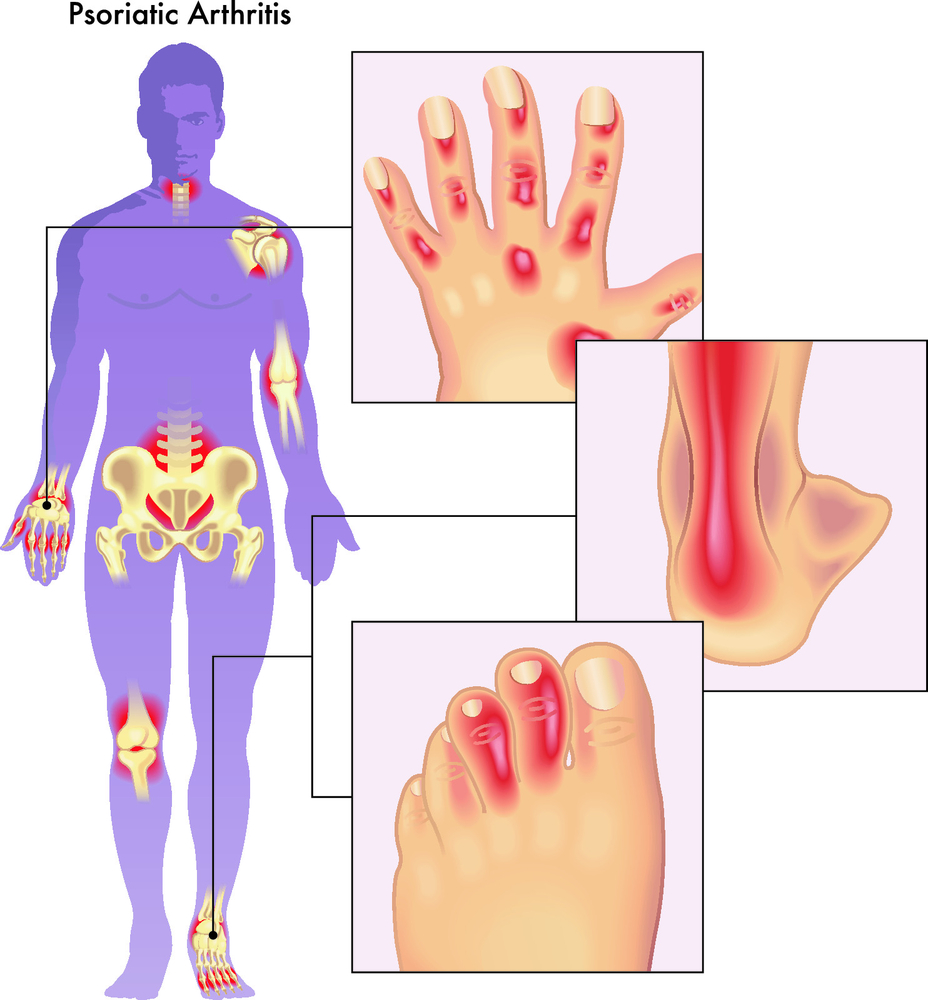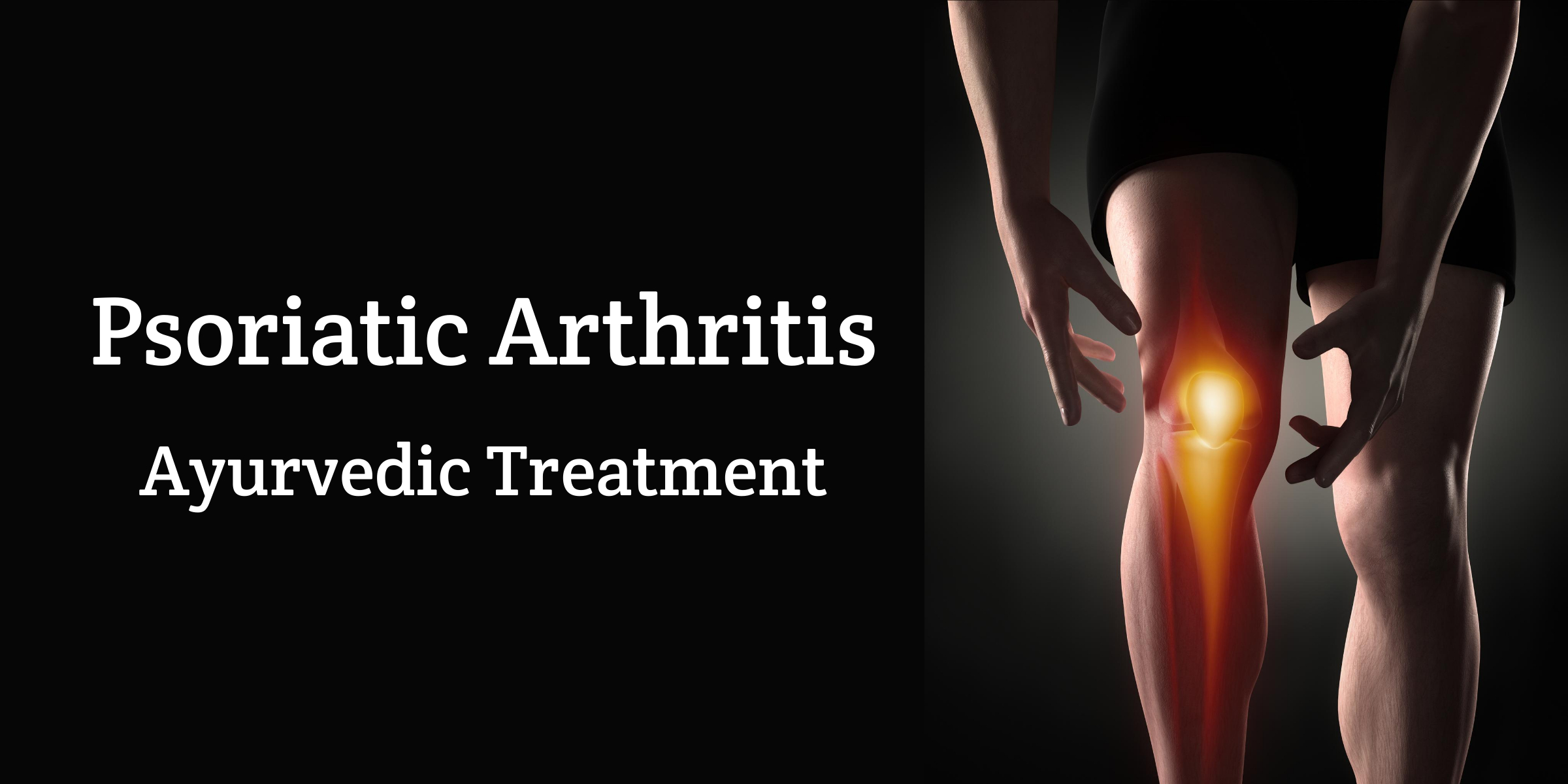Finding Relief from Painful Symptoms Using Ayurvedic Treatments for Psoriatic Arthritis
This post explores the potential of using Ayurvedic treatments as a way to alleviate the painful symptoms of psoriatic arthritis. Drawing upon ancient wisdom coupled with modern medical knowledge, this post examines the ways that traditional Indian medicine can be used to reduce inflammation and joint pain associated with psoriatic arthritis. We will review the different types of treatments available and discuss the potential benefits of using Ayurvedic treatments in conjunction with Western medicine.
Introduction to Psoriatic Arthritis Treatment in Ayurveda
Ayurveda is an ancient Indian healing system that has been practiced for centuries and offers a variety of treatments and therapies to manage psoriatic arthritis (PsA). The use of Ayurvedic medicines is based on individualized assessments and tailored treatment regimes, with the aim being to restore balance in the body through diet, lifestyle changes, and other natural remedies.
Psoriatic Arthritis is an autoimmune condition characterized by inflammation in affected joints, as well as painful skin lesions known as psoriasis. Those suffering from this chronic disease experience joint pain, swelling, and stiffness, which can be managed with medications such as non-steroidal anti-inflammatory drugs (NSAIDs) or biologic agents. While these conventional approaches may help reduce symptoms of PsA over time, many people find that they need additional support to maintain their overall health as the daily consumption of medications may have side effects.
This is where Ayurvedic treatments come into play; providing holistic care focused on treating both the physical symptoms associated with PsA as well and promoting one’s overall well-being too by addressing life factors such as stress relief techniques or sleep quality improvements — both of which are believed to affect one’s immune system functioning positively when done correctly.
Additionally, traditional herbal ayurvedic formulations act holistically rather than targeting just one symptom at a time combined with regular massages using warm herbal oils that help relieve stiffness caused by joint pains can prove very beneficial for those struggling with PSORIATIC ARTHRITIS.
Meditation practices also have profound calming effects on your body’s nervous system thus reducing inflammation throughout the entire body helping better manage pain and recovery from psoriatic arthritis.
Finally, mindfulness exercises along with yoga stretching postures increase flexibility gains and relaxation & reduce flare-ups all while improving quality of life more profoundly than simply taking prescription medicine alone!
What is Psoriatic arthritis?
Psoriatic arthritis is an inflammatory type of arthritis. It is a primary comorbidity associated with psoriasis. It is also the most misdiagnosed or under-diagnosed, therefore its complications are serious. Psoriatic arthritis is distinguished by the presence of psoriasis and marked by the absence of rheumatoid factor. Rheumatoid factor is seen in rheumatoid arthritis.
Psoriatic arthritis is a progressively destructive and painful disease that hinders physical activity as it progresses. It can also end the patient in permanent joint damage, deformities, and disability.

Signs and symptoms of psoriatic arthritis:
- The limbs, fingers, tendons, joints and skin, nails, and scalp are affected by this condition. The significant population under its prevalence are men and women in their mid-thirties to sixties. 70 percent of the patients living with psoriasis are subjected to psoriatic arthritis.
- The manifestations of psoriatic arthritis are associated with other comorbidities related to metabolic syndrome, hyperglycemia, hyperuricemia, obesity, abdominal obesity, diabetes mellitus type 2, cardiovascular risks, etc, like as psoriasis is associated with.
- Studies have shown that in patients whose disease has not been diagnosed for six months or more, peripheral joint erosion, damaged joints, and impaired physical function.
- Psoriatic arthritis patients develop synovial-entheseal inflammation. This can be seen even in the preclinical stages of psoriasis arthritis but not fully developed.
- It also occurs associated with ankylosing spondylitis, spondyloarthritis, distal interphalangeal joint involvement, axial disease, nail, enthesitis, and dactylitis.
- Spondyloarthritis includes axial spondyloarthritis and psoriatic arthritis.
- Entheses are the attachment sites of tendons, ligaments, and capsules to the bones. Inflammation to the entheses is a key factor in psoriatic arthritis.
- Clinically its symptoms are tenderness, and tenderness to touch, there may or may not be swelling. Achilles tendon, plantar fascia, lateral epicondyle, and greater trochanter are common sites of enthesitis.
- Skin pain is another increasingly common sign contributing to the burden of psoriatic arthritis.
- The role of Genetics has been a long-verified susceptible factor for the development of both psoriasis and psoriasis arthritis.
- Psoriatic arthritis runs strongly in families and is of greater risk in siblings and first-degree relatives.

Diagnosis of psoriatic arthritis:
- A physical examination for inflammation and tenderness in tendons, spine, and sausage digits is primary. And a skin and nail examination to look into psoriasis.
- Blood tests for rheumatoid factor and peptide antibodies are investigated.
- Further investigations include X-rays, radiographs, etc.
Medications for psoriatic arthritis
- The therapeutic armamentarium of psoriatic arthritis is borrowed from rheumatoid arthritis. All the drugs prescribed to treat psoriatic arthritis have been in proven trials.
- The classes of biologics utilized are recombinant proteins, monoclonal antibodies, and fusion proteins where each of them acts with specific functions.
- Tumor necrosis factors include Etanercept, infliximab, adalimumab, and golimumab. All these have not shown full response in the presence of methotrexate. These are targeted at the pustular and skin issues in the disease.
- Abatacept, alefacept, efalizumab, etc interleukins enhanced the positive response against the inflammation.
- Thus, there is an expansion of therapeutic options in psoriatic arthritis for all kinds of patients. However, Psoriatic arthritis is a chronic autoimmune-mediated skin disease that requires lifelong care.
Psoriatic Arthritis Treatment in Ayurveda
Ayurveda is an ancient Indian system of holistic medicine that seeks to balance the body and mind through careful observations, lifestyle changes, and herbal remedies. Psoriatic Arthritis (PsA) is a chronic autoimmune disorder characterized by joint pain, stiffness, swelling, and fatigue in the hands and feet.
Many individuals are turning toward natural treatments for PsA including Ayurvedic methods. In this comprehensive guide, we will cover how the principles of Ayurveda can be used to manage psoriasis arthritis.
The practice of Ayurveda begins with an assessment of one’s individual nature or Prakriti which can provide insight into their physical health as well as their mental state. It also helps identify any imbalances which may be causing ill-health such as PsA symptoms.
Once a person’s individual nature has been determined then various dietary regimens, herbs, lifestyle changes, and purification techniques known as panchakarma can be recommended based on the individual’s needs in order to restore balance within the body-mind continuum – thereby balancing an excessive doshas that could be contributing problems caused by psoriatic arthritis.
There are many different types of ayurvedic treatments available for those suffering from psoriatic arthritis including ayurvedic medicines, massage therapies; oil applications; herbal supplements; dietary alterations; exercises; yoga practices, etc…
All these approaches aim to reduce inflammation while strengthening all aspects. The digestive tract is associated with metabolism at its core, and an anti-inflammatory diet must be followed to reduce inflammation.
Massage therapy improves circulation reducing stress levels while regulating digestion efficiently in order to nourish weakened joints hampered by excess vata dosha.
Disturbances due to PsA progression-related factors like social isolation, psychological stress, and lack of exercise/activity level among others further lead to exacerbation situations.
When comes to managing physical conditions, especially during winter time months when symptoms seemed more outstanding and pronounced needing additional support added on top of pre-existing treatment plans formulated over time.
Additionally, ayurvedic medicines have long been renowned for their ability to help both reverse possibly curable issues plus offer potential solutions to stop ongoing degenerative diseases like Psoriasis-Arthritis.
The most important ayurvedic treatment principle is the avoidance of incompatible food products along with relying on organic healthy sources to meet daily nutritional requirements. You need to follow the advice of the doctor to get the best results for your treatment plans.
Potential Benefits of Ayurvedic Treatments in Psoriatic Arthritis
There are several potential benefits associated with using ayurvedic treatment for managing psoriatic arthritis. Firstly dietary modifications may be recommended according to individual needs where certain foods should be avoided while others should be taken regularly thus helping reduce inflammation associated with the disease. Additionally, detoxification therapies such as pancha karma are also helpful especially when combined with lifestyle modifications like regular exercise and meditation which help bring physical mental emotional balance thereby improving overall wellbeing
Apart from dietary therapy various medicinal herbs may also play an important role in helping manage psoriatic arthritis such as ginger, turmeric, pepper, Indian gooseberry, etc each having different effects depending upon age gender other medical conditions of the patient; however, consulting a qualified professional and before starting new herbal remedies is always advised.
Moreover, some external therapeutic treatments like abhyanga swedana navara kizhi virechana have proven effective at reducing pain swelling due to their anti-inflammatory properties aiding in the overall management of PsA symptoms.
Finally, it’s important not to forget about yogasanas too since they assist in relaxation strengthening muscles flexibility promoting normal function joint mobilization, therefore, providing relief from painful episodes related to the arthritic disorder.
In conclusion, using Ayurveda alongside conventional treatment regimens provides significant benefits when dealing with PsA enabling better control over the severity accompanying symptoms and allowing patients to lead healthy active lives while protecting them against long-term negative consequences posed by uncontrolled diseases and consequent disability functional limitations.
In conclusion, utilizing Ayurveda approaches toward the overall management plan for someone affected by psoriasis or other related arthritic health problems might prove beneficial if done correctly under professional medical supervision. With that being said more rigorous research should be conducted prior to making any wholesale recommendation about its usage amongst mainstream medical providers. In spite of limited data, we believe our readers could benefit greatly by taking advantage of all available resources at their disposal which may range anything from following prescribed diets incorporating yoga routines performing different breathing techniques receiving massage therapy -all of which may eventually lead to improved quality of life.
If you are looking for ayurvedic treatment for your psoriatic arthritis, look no further, consult the best ayurvedic doctor for psoriasis, and Get Lasting Relief from Psoriasis 🌿 book your visit now! call +919945850945
Reference:
